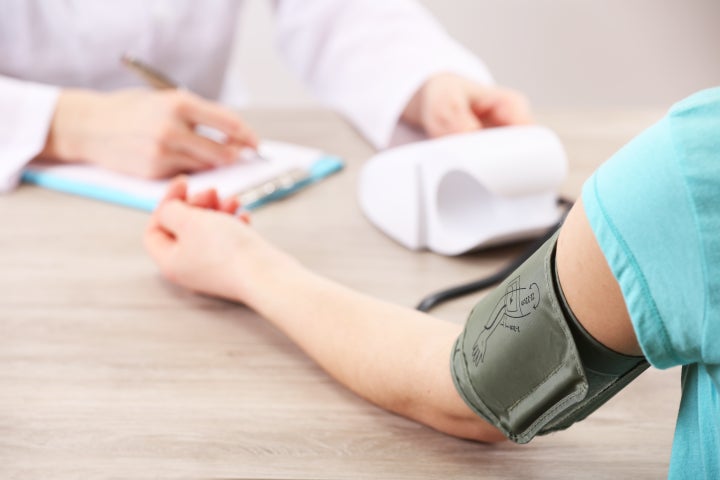
The most recent guidelines on prevention and management of high blood pressure in adults recommend a lower threshold for defining, diagnosing and treating high blood pressure—a change in long-standing clinical practice. The new guidelines are meant to draw attention to high blood pressure early and offer intervention to more than 103 American adults with hypertension. But should your high blood pressure be always treated with medication? The answer is no.
The new guidelines suggest that if your systolic blood pressure (the first number) is between 120 and 129, but your diastolic blood pressure (the second number) remains at 80 or less, you now have elevated blood pressure, a change from “high normal.” Systolic blood pressure between 130 and 139 over diastolic blood pressure between 80 and 89 is now defined as Stage 1 hypertension instead of prehypertension. Blood pressure that is greater than 139 over 89 is defined as Stage 2 hypertension. As result, 14% more American adults will be diagnosed with hypertension based on the new guidelines, prompting it to be addressed early.
The guidelines also suggest that all individuals with systolic blood pressure above 120 be evaluated for risk of cardiovascular events such as heart disease and stroke, as well as chronic kidney disease and diabetes using an online calculator. The calculator uses your age, sex, blood pressure, cholesterol and other factors to determine how likely you are to have a cardiovascular event in the next ten years.
Your healthcare provider will then combine your blood pressure measurement with your cardiovascular event risk to decide whether you should be treated with medication, and whether the risk of treatment is worth the reward of avoiding a future cardiovascular event. For example, if your risk of a cardiovascular event in the next 10 years is 10% or more, he or she may recommend treating your high blood pressure with medication. If you know your current lab numbers, including cholesterol levels, you may try using the calculator yourself. If your number is greater than 10%, speak with your doctor immediately.
Here is a simpler way to break it down.
Your doctor may recommend a non-drug intervention when:
- You have elevated blood pressure (systolic blood pressure between 120 and 129) or Stage 1 hypertension (systolic blood pressure between 130 and 139) but your cardiovascular risk is less than 10%.
Your doctor may recommend medication to control your blood pressure when:
- You have Stage 1 hypertension, but your cardiovascular risk is more than 10%.
- You have Stage 2 hypertension (blood pressure greater than 139/89) but your cardiovascular risk is less than 10%.
- You have Stage 2 hypertension and cardiovascular risk greater than 10%.
Treatment for all individuals with elevated blood pressure, whether they take medication or not, should include non-drug interventions including weight loss, the DASH diet, dietary sodium reduction, increased dietary potassium, 150 minutes per week of extra physical activity, avoidance of alcohol in excess, and avoidance of smoking. Alcohol intake should be limited to no more than one drink per day for women and no more than two drinks per day for men.
It is important to discuss these new recommendations with your physician. For more information about hypertension and kidney disease, visit www.kidney.org.
